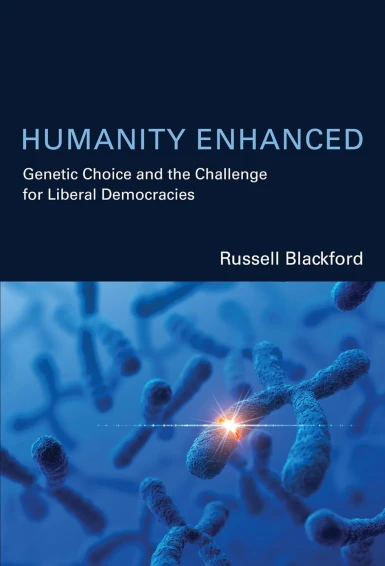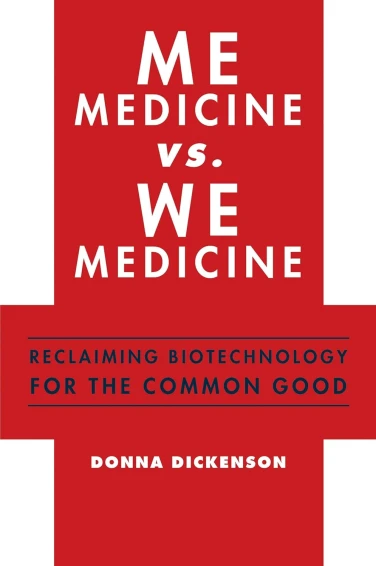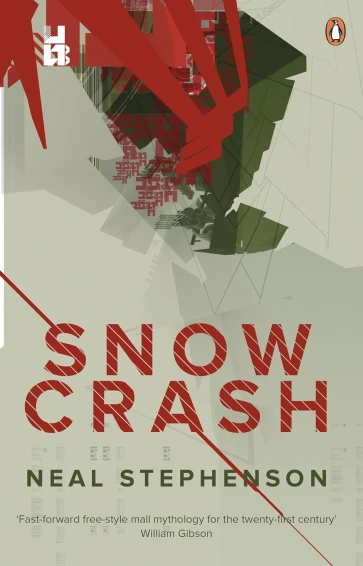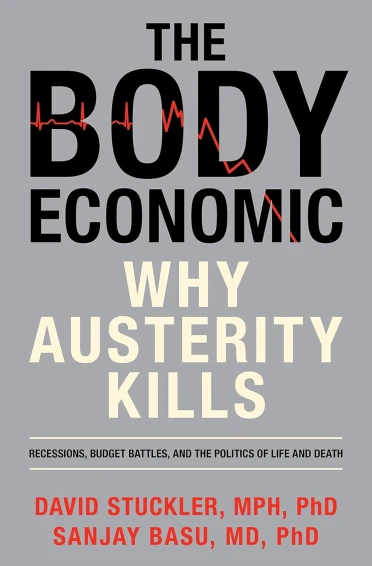
Author: James Martin
Publisher: Eden Project Books
Format: Paperback 526 pages
ISBN: 9781903919866
List price: £8.99
James Martin is already famous for his future predictions after his book The Wired Society (1977) gave a remarkably accurate description of how computers and the internet would be used decades later. His new book The Meaning of the 21st Century seeks to make similarly accurate predictions.
The scope of this title is hard to overestimate. James Martin has set an ambitious target for himself and he does not fail to deliver. This book is a tour de force, surveying the various factors that are shaping the 21st Century. The book has a very accessible style and gives clear descriptions of the various things that will impact our future from new technology to global terrorism. Among the current problems that the world faces, James Martin describes the first world’s addiction to petroleum, global warming, population growth, water shortages, religious extremism; add to this the potential future dangers associated with nanotechnology and genetic modification and things begin to look very bleak. However, the thing that is most striking about this book, after its sheer breadth, is its optimism. James Martin is not a harbinger of doom, he faces up to the problems that threaten humankind, but he sees opportunity for a prosperous future.
The author warns the reader that “We are travelling at breakneck speed into an age of extremes”, but despite the problems that he describes Martin says: “If I could choose any time to live, I would want to be a teenager now.” The benefits that Martin describes are as numerous as the problems. Martin says that we should be moving toward eco-affluence, where economies are sustainable and environmentally friendly. He proposes that we achieve this through the intelligent use of new technology. He suggests the use of ‘fourth generation’ nuclear power to solve our energy needs; he also recommends using intelligent water pumps to combat water shortages, which will pay for themselves by the amount of water they save; and better education to deal with over-population and to help foster mutual respect between cultures. Martin believes that the solutions that we find to these inevitable problems will make the world a better place.
If breadth and optimism are the strengths of this book, then they are also its weaknesses. Martin tries to say something about everything, and at times this means that he presents a rather simplistic view of some subjects he is commenting on. Some readers may find this annoying, particularly if the discussion is about an area that they have considerable knowledge of. He also seems rather dismissive of some of the problems associated with his recommendations, for example, when talking about privacy and security he says that “The public may be divided into security categories. This, today, is highly contentious subject, but it may not be in the future.” Here he offers no real discussion of the problems associated with storing large amounts of data about people and he remarks that “The law will, and should, help guard personal privacy.” It is in passages like this where his optimism ceases to be refreshing, and instead comes across as careless. Further, it is rather sketchy as to how he expects many of his recommendations will be implemented especially given his criticism of large bureaucratic governments; how exactly does he expect small governments to control all the data that he recommends that they collect, alongside imposing the environmentally friendly restrictions he is in favour of?
Having said this, this book will be a valuable resource to all but the very widely read, as it gives a big picture view of the problems that we face in the 21st Century. One of the underlying problems that Martin points out in his book is that people do not listen to the experts enough. One of the examples that he gives is of the response to hurricane Katrina, which caused such devastation in New Orleans. “Models indicated that a Category 3 hurricane could result in broken levees and extremely dangerous flooding of the city … President Bush said that he didn’t “think anybody expected” the levees to break.” One of the messages that Martin is trying to get across in his book, is that if we are going to avoid even more devastating disasters in the future, we need to listen to the scientists. Some scientists object to having public discussions about science and the directions it is taking, believing that it can only be a brake on scientific research. However, one of the things that this book argues is that an increase in interaction between science and the public will not make science impotent, rather, it will help insure that scientific findings are put to the best use by making more people aware of the best predictions and the potential solutions.
If this book will have any success then surely it will be in bringing more people into the discussion about the future direction that we wish to take and how to avoid the catastrophic disasters that we face.










